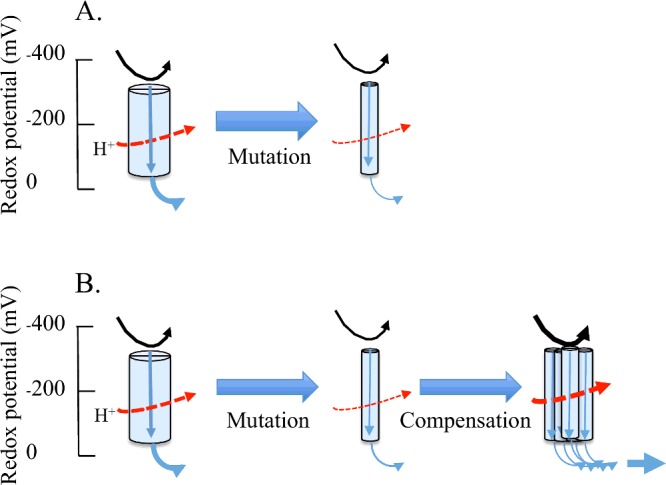Figure 2. Cartoon depicting the potential influence of deleterious and slightly deleterious mutations in complex I.

(A) A deleterious mutation may be expected to restrict the flow of electrons and reduce the potential for proton pumping. In this case, it is diagrammatically represented by the reduction in circumference of the complex. This is expected to cause a reduction in fitness and possibly disease. (B) In this case, the mutation causes a reduced flow of electrons but compensation/ overcompensation enables electron flow to be restored. This compensation may occur through a retrograde response to the nuclear genome which effectively increases the number of each inefficient complex. This may result in a short term increase in fitness by increasing ATP production.
